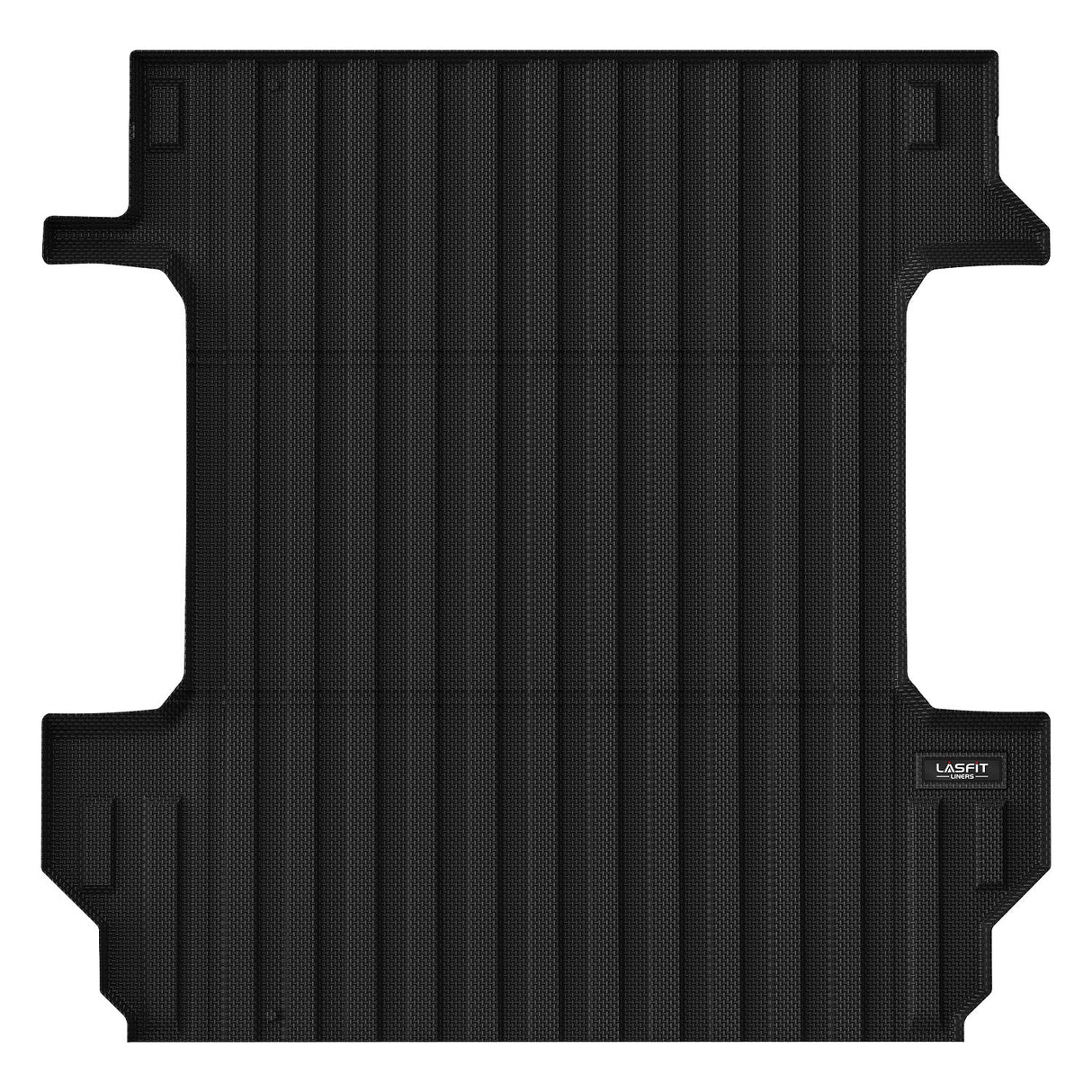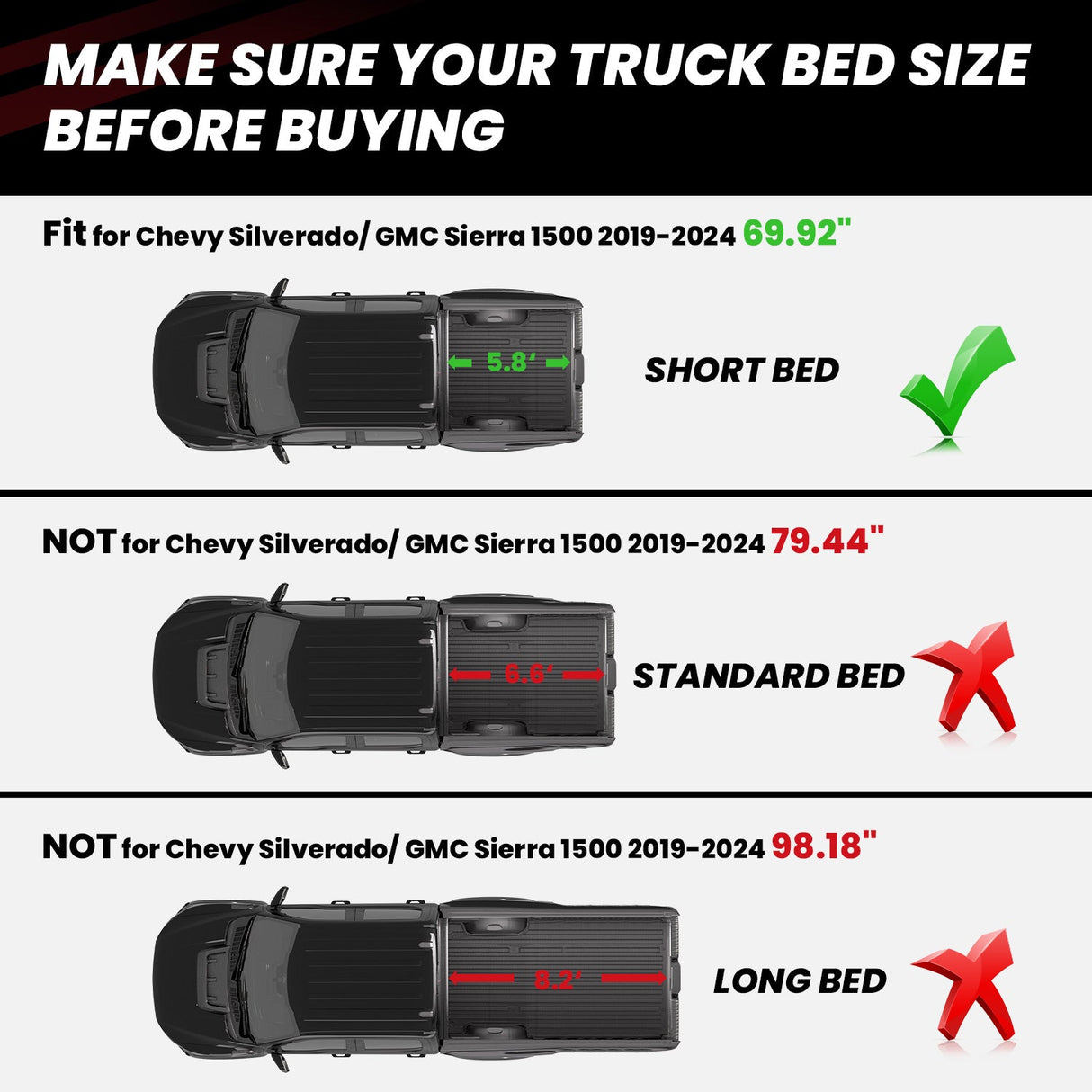1. The Importance of Truck Bed Liner
If you own a truck, you know that the bed of your vehicle is constantly exposed to rough conditions. Whether you’re hauling construction materials, carrying tools, or just transporting groceries, your truck bed can take a beating over time. The harsh weather, dirt, debris, and heavy loads can lead to scratches, dents, and even rust, which can drastically decrease your truck’s resale value.
To prevent this, many truck owners invest in bed liners—protective coverings designed to shield the truck bed from damage. But are they really worth the investment? In this article, we’ll explore the different types of truck bed liners, their advantages and disadvantages, and whether they provide enough value for your truck and wallet.
2. Types of Truck Bed Liners and Their Functions
When it comes to truck bed liners, there are several options available, each catering to different needs and preferences. The right liner for you will depend on how you use your truck and what kind of protection you need. Let’s break down the most common types of bed liners:
Bed Mats
Truck bed mats, such as those offered by Lasfit, provide a protective layer that covers just the floor of the truck bed. Made from rubber or high-density polyethylene (HDPE), these mats are a practical, non-permanent solution for protecting the truck bed from scratches, dents, and minor impacts. Lasfit bed mats are custom-fitted to your truck, ensuring a snug, secure fit, and are designed to be durable and easy to install.
What sets Lasfit bed mats apart is their use of TPE (Thermoplastic Elastomer), an eco-friendly material that is both flexible and resistant to wear. These mats are free of harmful chemicals like PVC, BPA, and latex, making them a safer option for both your vehicle and the environment. Thanks to advanced 3D scanning technology, Lasfit bed mats are precisely cut for each truck model, ensuring a perfect fit that stays in place even during rough hauling.


Pros:
- Easy Installation: Simply place the mat in your truck bed—no tools required.
- Affordable: More cost-effective than full liners.
- Removable: Easy to remove for cleaning or replacement.
- Eco-Friendly: Made from safer, environmentally friendly TPE material.
- Custom Fit: 3D scanning ensures a snug, secure fit.
Cons:
- Limited Coverage: Only covers the floor, not the sides of the truck bed.
Spray-On Bed Liners
Spray-on liners are applied directly to the truck bed’s surface, creating a seamless, durable layer of protection. They are custom-fitted to your truck and typically provide the most robust protection against water, rust, and impacts. However, the application process requires professional installation, which can be costly.
- Pros: Custom fit, seamless coverage, high durability.
- Cons: Expensive, requires professional installation, permanent once applied.
Drop-In Bed Liners
Drop-in liners are pre-formed plastic liners that are dropped into the truck bed. They are relatively easy to install and remove, but they tend to leave gaps between the liner and the truck bed, which can allow debris and water to accumulate, potentially leading to rust.
- Pros: Easy installation, removable, cost-effective.
- Cons: Gaps can trap debris and water, can shift if not secured, may contribute to rust over time.
Roll-On Bed Liners
Roll-on liners are a DIY option that allows truck owners to apply the liner themselves using a paint roller. While they are more affordable than spray-on liners, they often don’t provide the same level of protection or durability.
- Pros: DIY installation, affordable.
- Cons: Labor-intensive application, inconsistent finish, less durable than professional options.
3. Return on Investment: What Benefits Can You Expect from a Bed Liner?
Now that we’ve looked at the various types of truck bed liners, let’s explore whether they are truly worth the investment in terms of value and protection.
Protection
One of the main reasons people invest in truck bed liners is to protect the truck bed from damage. Without a liner, the bed is vulnerable to scratches, dents, and rust from moisture or acidic materials. Bed liners help maintain the integrity of the truck bed and prevent long-term damage.
- Impact Resistance: A good bed liner, especially a spray-on or drop-in liner, helps protect the bed from impact damage caused by heavy or sharp cargo.
- Rust Prevention: By creating a barrier between the truck bed and water, bed liners help to prevent rust, which can cause significant damage over time.
Enhanced Resale Value
A truck that has a well-maintained bed is likely to retain more value than one with a damaged, rusted bed. Installing a quality bed liner not only preserves your truck’s appearance but also helps maintain its resale value. This is particularly important if you plan to sell your truck in the future.
Extended Longevity
By preventing damage and rust, a bed liner can increase the overall lifespan of your truck. Rather than having to replace or repair a rusted or damaged bed, you’ll save money by simply maintaining the liner. This translates to lower long-term costs, as you’ll likely avoid expensive repairs down the line.
4. Installation and Maintenance Cost Analysis
While the benefits of bed liners are clear, it’s also important to consider the installation and maintenance costs involved in each type of liner.
Bed Mats
- Initial Cost: $100–$250.
- Installation: Very easy DIY installation; simply place the mat in the bed.
- Maintenance: Very low. Just remove the mat to clean it and put it back once dry. No need for special cleaning solutions or touch-ups.
2020-2025 Jeep Gladiator Truck Bed Mat
Spray-On Liners
- Initial Cost: $400–$600 (depending on the truck model and installer).
- Installation: Professional installation required, adding to the cost.
- Maintenance: Low maintenance, but may need occasional touch-ups if the liner starts to fade or peel.
Drop-In Liners
- Initial Cost: $200–$500.
- Installation: Easy DIY installation; no professional help needed.
- Maintenance: Moderate. If gaps form, you may need to clean out accumulated debris and moisture to prevent rust.
Roll-On Liners
- Initial Cost: $50–$100.
- Installation: DIY; can be time-consuming and requires patience.
- Maintenance: Moderate. The liner may wear off over time and may require reapplication.
5. Choosing the Right Bed Liner Based on Usage
When deciding whether to invest in a bed liner, it’s important to think about how you use your truck. Different truck owners have different needs, and the right bed liner will depend on the type of hauling and the frequency of use.
For Everyday Use
If you primarily use your truck for running errands, transporting light loads, or recreational activities, a bed mat like Lasfit is an excellent, budget-friendly choice. It offers protection against scratches, dirt, and minor spills, and is easy to install and maintain.
For Heavy Duty Hauling
If you frequently haul heavy materials, construction equipment, or rough cargo, a spray-on liner or drop-in liner may be more suitable. These liners provide more extensive protection and are better at withstanding heavy impacts and wear.
For Off-Roading and Rugged Use
If you use your truck for off-roading, you may want a more durable liner that provides full coverage, including protection from rocks, mud, and debris. A drop-in liner or spray-on liner would be the most effective at providing comprehensive coverage in rugged conditions.
6. Conclusion: Are Truck Bed Liners Worth the Investment?
Ultimately, the decision to invest in a truck bed liner depends on how you use your truck, your budget, and how much protection you need. For everyday use, a bed mat like Lasfit provides affordable, easy-to-install protection. For heavy-duty or off-road applications, investing in a more robust liner may be worth the higher initial cost.
Regardless of the option you choose, bed liners are an investment in your truck’s longevity and appearance. They protect against damage, increase resale value, and reduce the need for costly repairs, making them a worthwhile addition to your truck.




















